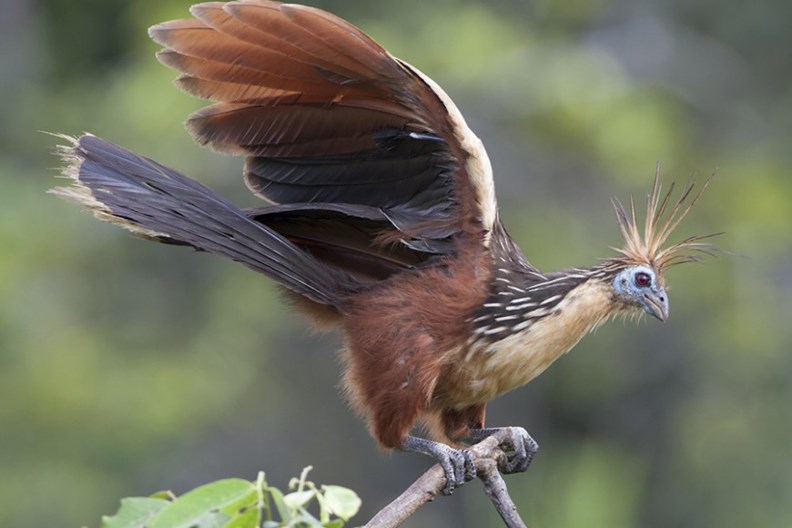The fall monsoon is underway on the Sunshine Coast with torrents of rain, falling leaves and declining temperatures. I have just returned to the above from a trip to the southern hemisphere where the seasons are reversed.
I was in Peru, both in the Amazon and the Andes, where seasons are more defined as wet and dry periods rather than by temperature. November in Peru is a good month to visit as it precedes the rainy season which begins in December.
From a climate perspective, it is questionable whether there is any good time to visit the Peruvian Amazon as it is hot and humid beyond belief. It is the first time I have ever stood or sat perfectly still and yet sweated profusely. After visiting the Amazon, a day later we were in the Andes at 4,400m (about 14,000 feet) in cloud and drizzle and wind, and I was really cold. The switch from heat to cold was difficult to comprehend.
Peru is a fantastic destination to visit, with three basic geographical areas, the costa (coast), sierra (Andes), and selva (the Amazon). The Peruvian Amazon is famous for its unbelievable biodiversity. I stayed at lodges, accessed by narrow river boats, along the Madre de Dios River. This area became famous in the 1980s when the first tourist lodges opened after it became known that 500+ species of birds could be found within a short walking distance of the lodges.
The bird diversity is breathtaking, both in numbers and colour, with parrots and macaws, antbirds, quetzals and trogons, motmots, flycatchers, cotingas, tanagers, hummingbirds, raptors and many others. A word of caution though: Amazonian birding is difficult because of the low light conditions in the jungle, the dense vegetation, the rapidity with which the birds travel, and the heat and humidity. My personal favourite bird from this area was the hoatzin, a bizarre and exotic looking species that is literally a holdover from prehistoric times.
Birds are only part of the biodiversity of Amazonia as there are thousands of species of trees, plants, orchids, mammals, butterflies, insects, reptiles and amphibians. I was particularly impressed with the enormous number of butterflies – 1,300 species including the incomparable blue morphos and the famous 88. We also encountered caimans, boas, giant otters, mouse opossums, bats, army ants, etc.
It is hard to fathom an environment so different from Amazonia yet adjacent to it, but that is the case with the Andes. Where Amazonia is almost flat, the Andes are precipitous beyond comprehension and rise to 6,000m (20,000 feet). Also, whereas Amazonia is humid and often seasonally flooded, the Andes are basically arid with dry grassland, the home of llamas, alpacas, condors and flamingoes on the scattered lakes. The most famous destination in the Peruvian Andes is, of course, Machu Picchu, a UNESCO World Heritage site and truly one of the wonders of the world.
To report your sightings or questions contact [email protected] or 885-5539.
Good birding!



